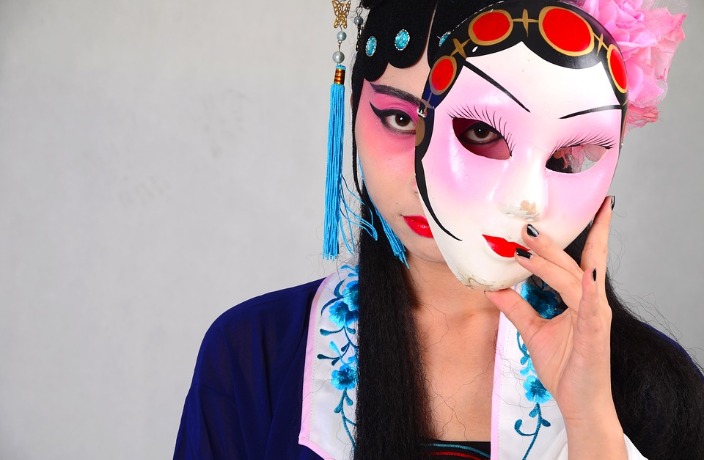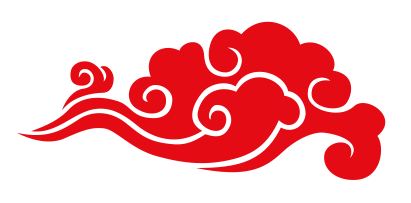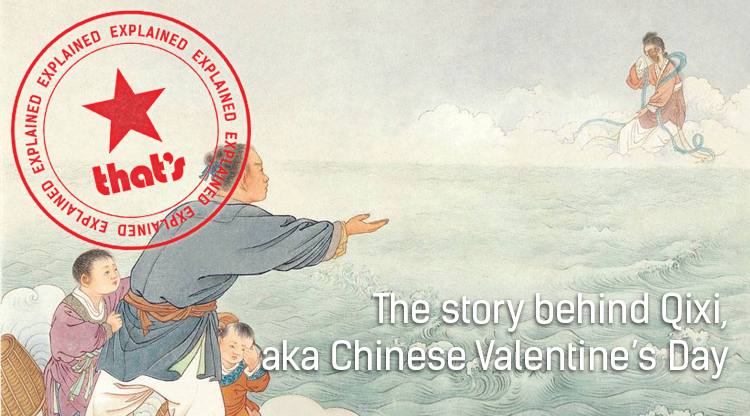This feature is part three of our June 2019 cover story. Check out the full story right here.
A Show of Hands
Hand gestures are a fundamental
component of stage presence in
Chinese opera. Particularly famous
are the ones Mei Lanfang used to portray the
attributes and actions of the female characters
he impersonated. The celebrated actor
perfected a series of gestures that now make up
what is called the Mei Lanfang ‘orchid style,’
which the famous performer practiced tirelessly
in pursuit of an ideal beauty.
In 1935, Peking opera theorist Qi Rushan had compiled a complete set of 53 orchid gestures, complete with photographs and descriptions of each of them. Unfortunately, time irreparably damaged many of Qi’s original photographs. To revive this historical record, Communication University of China doctoral student Yu Liwei set out to recapture all 53 original hand gestures from Mei Lanfang’s school in a series of new photographs, which were displayed in an exhibition for the first time in 2017.
Yu shared her photographs with That’s, together with detailed descriptions of each movement. Here is a selection of some of the most graceful gestures photographed by Yu reimagined by graphic designer Alexandra Osipov.

蝶损 dié sǔn
The act of holding a writing brush.

逗花 dòu huā
The act of cupping one’s hands in obeisance or greeting.

映日 yìng rì
The gesture that indicates a faraway place, a long way to go.

并蒂 bìng dì
A delicate way to clap one’s hands. Lady Zhao fromYuzhou Feng uses it while laughing uncontrollably in one of her scenes.

挹翠 yì cuì
Portraying ‘pouring jade,’ it’s one of the many ways to hold a fan.

蒨蒨 qiàn qiàn
Symbolizing ‘flourishing,’
it’s one of the poses a
female character holds in
the process of rolling up
her sleeves.

笑日 xiào rì
A way to indicate one’s head. Liu Yingchun from Fenghe Wan uses it to indicate when a beautiful woman’s hair turns white.

吐蕊 tù rui
The holding of a thin, delicate object, like a flower. Liu Yingchun uses it to hold a golden seal in Fenghe Wan.

弄姿 nòng zī
The way a female character carries a tray. Hong Xian in Stealing the Precious Box uses it when serving tea.
Know Your Masks
The vibrant facial masks are probably one of Chinese opera’s most recognizable features, the most well-known being the ones of Peking opera characters. They’re the go-to souvenir for tourists visiting Beijing, impressed on everything from building facades to bottle-openers. They’re not actual decorated masks, but rather refined face-painting patterns that symbolize the characters appearing on the stage.
Covering the entirety of an actor’s face, these complex makeup works enhance mimicry, which xiqu acting is based on, and make the individual recognizable in the ensemble. But the vibrant colors of these facial masks also communicate important information about the character to the audience, in a code sometimes very different from one a foreign audience might be used to.
Here’s a small selection from the hundreds of face decorations developed through the centuries, so you’ll know what to expect from characters appearing on the stage.

Yellow Mask
Yellow represents a fierce, ambitious but cool-headed disposition. Here you can see it in the ‘fractured’ variant, featuring complicated patterns representing lower-rank generals or wandering lone warriors.

Tan Mask
The standard mask for women’s roles, this one comes in many variations and represents the innocence, beauty and artistic disposition of the xiqu female roles.

Blue Mask
Blue represents loyalty, fierceness and cunning. Blue masks belong to powerful generals and strong advisors. You can see it on the face of Xiaohu Dun, the Han dynasty chancellor and warlord Cao Cao’s most trusted general.

White Mask
You might see this mask as black, but the key to distinguishing it from a black mask is the dominant color. When the main color is white, with feature-defining black highlights, you’re in front of a sinister and treacherous villain.

Red Mask
Red indicates devotion and bravery. It is the color of Guan Yu, a fearless and faithful general of the three kingdoms period.
[Cover image via Pixabay]























0 User Comments